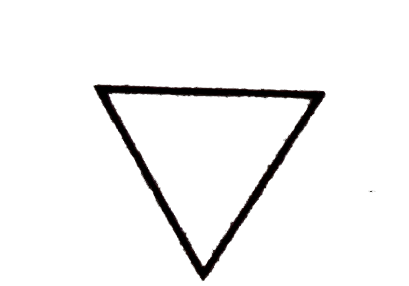Complete the following and point out the mechanism as , or none.
(a)
(b)
(c)
(d) (ether)
( e) (small amount)
(f)
(g) .
Video Solution
Text Solution
(a) No reaction ( is a strong base but cannot remove vinylic ).
(b)
 (intramolecular ) + some is formed by typical .
(intramolecular ) + some is formed by typical .
(d) [It is difficult to form four-membered ring by an intramolecular by the first formed carbanion
displaceing ].
(e)
(f)
(g) .
|
Topper's Solved these Questions
- ORGANIC REACTION MECHANISMBOOK - CENGAGE CHEMISTRY ENGLISHCHAPTER - ORGANIC REACTION MECHANISMEXERCISE - Solved Example
33 Videos
- ORGANIC REACTION MECHANISMBOOK - CENGAGE CHEMISTRY ENGLISHCHAPTER - ORGANIC REACTION MECHANISMEXERCISE - Subjective
19 Videos
- NCERT BASED EXERCISEBOOK - CENGAGE CHEMISTRY ENGLISHCHAPTER - NCERT BASED EXERCISEEXERCISE - Chemical Equilibrium
73 Videos
- P-BLOCK GROUP 13 - BORON FAMILYBOOK - CENGAGE CHEMISTRY ENGLISHCHAPTER - P-BLOCK GROUP 13 - BORON FAMILYEXERCISE - Exercise Archives (Subjecive)
9 Videos
Similar Questions
Knowledge Check
The IUPAC name of of (CH3)2CH−CH2−CH2−CH2Br is
A1-bromopentaneB1-bromo-4-methypentaneC2-methy-4-bromobutaneD2-methyl-3-bromopantane.
CH2=CH−Br is a/an
View SolutionName of the following as substituted derivatives of ethylene.
(a) CH3−CH=CH−CH3
(b) CI2C=CHCI
(c) (CH3)2C=CH2
(d) (CH2=CH)2C=CH2
(e) (CH2=CH)−CH=CH−(CH=CH2)
View SolutionThe IUPAC name of BrCH2−CH(CONH2)−CO−CH2−CH2−CH3 is
View SolutionIUPAC name of CH3CH2C(Br)=CH−Cl is
View SolutionThe IUPAC name of
(CH3)2CH−CH2−CH2Br is
View SolutionConvert:
CH3CH2COOH→CH3CH2Br
View SolutionArrange the following halides in order of increasing S2N reactivity:
CH3Cl,CH3Br,CH3CH2Cl,(CH3)2CHCl.
View Solution
